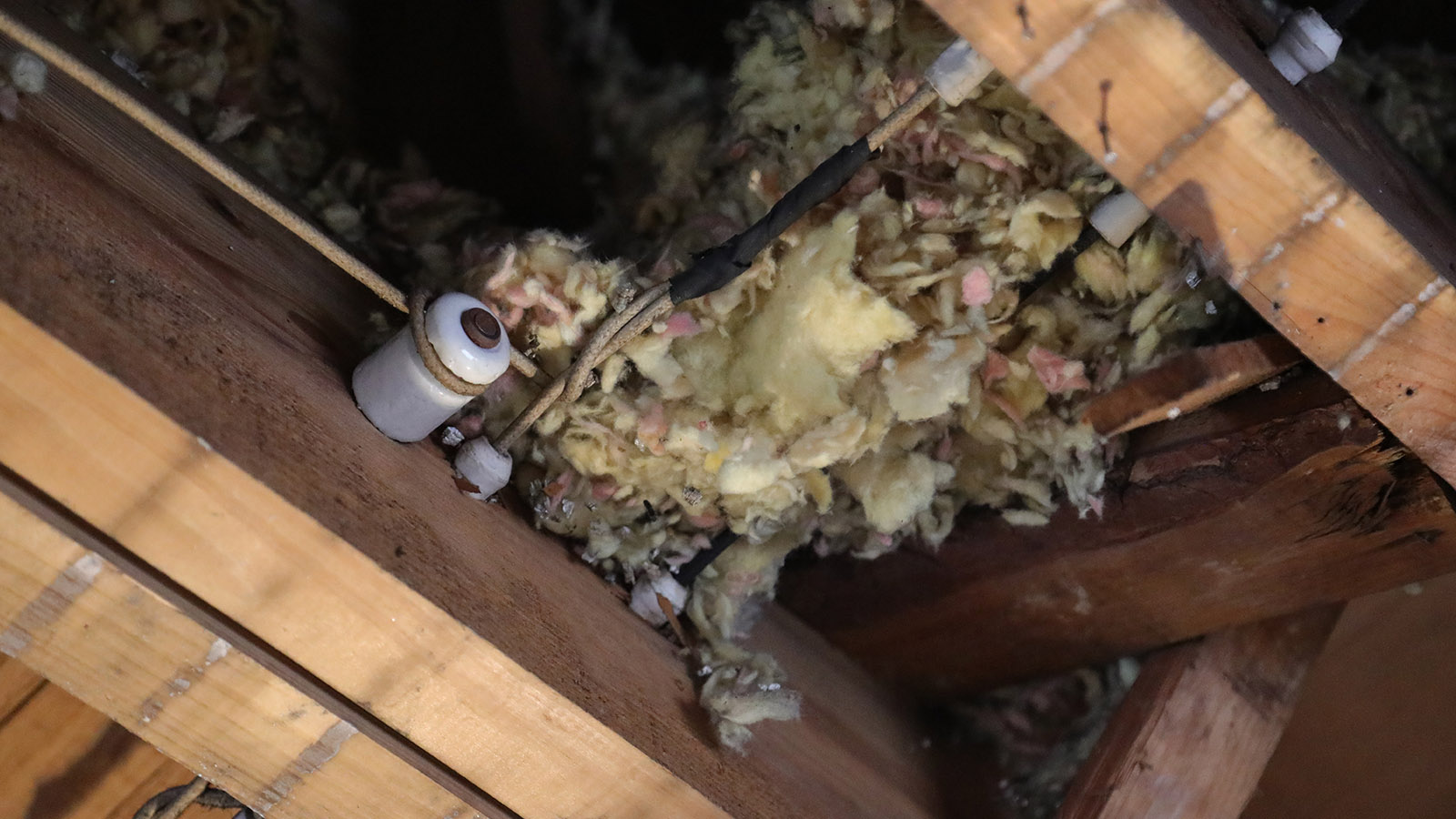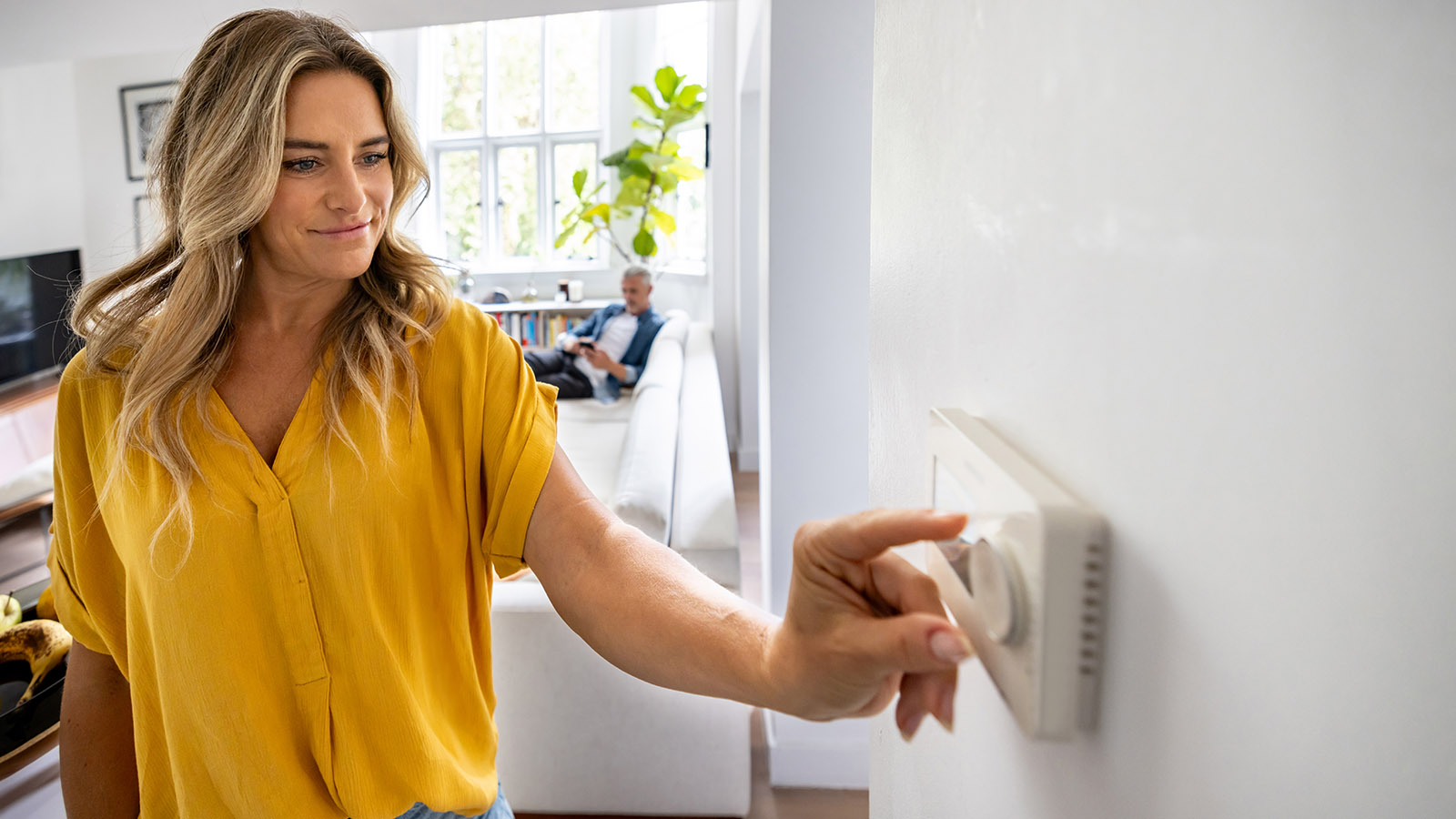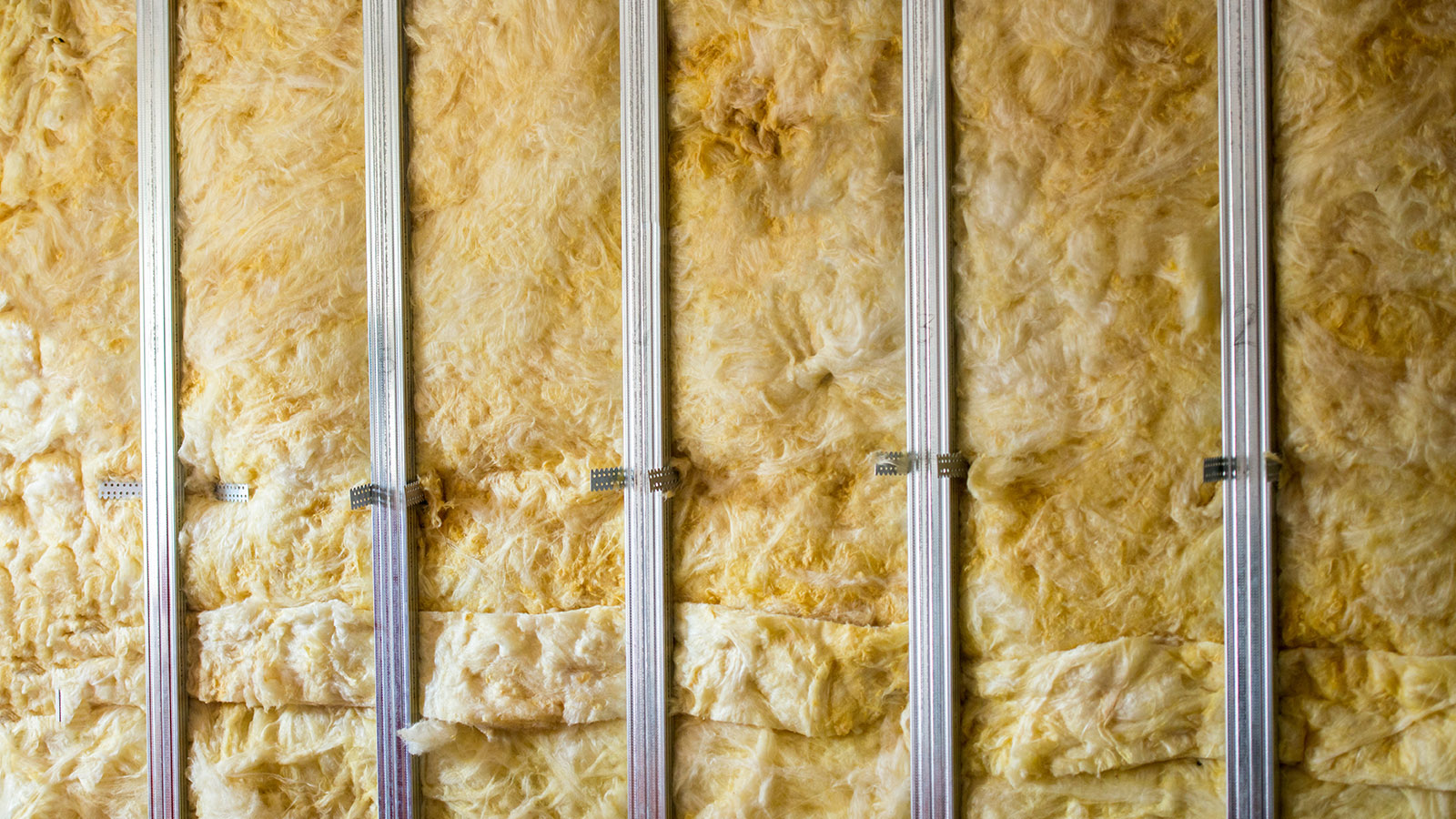Are you finding your home uncomfortably cold during winter or excessively warm in the summer? It might be time to upgrade your insulation. Proper insulation is crucial for maintaining comfort and energy efficiency in your home. Here are some indications that your insulation needs a replacement, along with details about the process involved.
Indications It's Time for New Insulation
1. Visible Damage or Deterioration
If you can physically see your insulation and notice signs of wear or damage, it’s time to take action. Look for insulation that is:
- Sagging or compressed: This suggests it's no longer functioning effectively.
- Wet or damp: Moisture can point to leaks or high humidity, which could result in mold growth.
- Crumbly or deteriorating: This is a clear sign your insulation has reached the end of its useful life.
2. Mold Growth

Mold thrives in damp, dark environments, often including insulation. If you spot mold, it might mean your insulation is retaining moisture, and it’s time for a replacement. Mold can not only damage your insulation but also impact your indoor air quality and your family's health.
3. Pest Problems
Have you noticed pests like rodents or insects in your attic? This could be a sign that your insulation needs replacement. These creatures often make their homes in old, damaged insulation, leaving droppings or causing further damage. Upgrading your attic insulation can help prevent future infestations.
4. Rising Energy Bills
Have your energy bills been increasing? Inefficient insulation can lead to significant heat loss in winter and cool air loss in summer. If your HVAC system seems overworked, it might be due to insufficient insulation. Replacing it can enhance energy efficiency and save you money in the long term.
5. Uneven Temperatures

If certain rooms in your house are too hot while others remain cold, your insulation may not be performing well. This inconsistency can be frustrating, but replacing your insulation can help achieve a more consistent and comfortable temperature throughout your home.
Selecting the Right Insulation for Your Home
When it comes to replacing insulation, you have several options. The type of insulation you choose should depend on your home’s construction, climate, and budget. Here are some popular choices:
- Fiberglass insulation: The most common type, known for affordability and effectiveness. Ideal for attics and walls, but proper installation is key to avoid skin irritation.
- Spray foam insulation: Expands to fill gaps, creating a strong barrier against air leaks. Perfect for hard-to-reach areas, offering excellent thermal performance.
- Cellulose insulation: Made from recycled paper products, cellulose is eco-friendly and provides good insulation. Often used in attics and walls, it also helps reduce noise.
- Mineral wool insulation: Also known as rock wool, it’s fire-resistant and water-repellent. A good choice for homes in fire-prone areas.
- Factors affecting insulation selection include home type and structure, building materials, climate zone, energy efficiency goals, existing insulation condition, ventilation needs, soundproofing requirements, and budget and installation preferences.
The Insulation Replacement Process

If you’ve decided your insulation needs replacing, here’s what you can expect during the process:
- Assessment: A professional will inspect your current insulation and identify any underlying issues, such as moisture or pests.
- Removal: The old insulation will be carefully removed. This might involve vacuuming or bagging to avoid spreading dust and allergens.
- Preparation: Necessary repairs will be made to surrounding areas, such as sealing air leaks or fixing water damage.
- Installation: New insulation will be installed based on the best type for your home. Professional installers ensure the job is completed correctly for maximum efficiency.
- Final Inspection: After installation, a final check will be conducted to confirm everything meets code and functions efficiently.
What About Asbestos in Older Homes?
If your home was built before the 1980s, there’s a possibility your insulation contains asbestos. Once used in construction for its fire-resistant properties, asbestos is now considered hazardous. While modern insulation doesn’t use asbestos, older homes may still have it hiding in walls or attics.
Why Is Asbestos a Concern?
Asbestos becomes dangerous when disturbed, such as during insulation removal or renovation. Inhalation of tiny fibers can lead to severe health issues, including lung disease and cancer. Handling asbestos requires special precautions and professional expertise.
How to Address Asbestos in Your Home
If you suspect your insulation contains asbestos, follow these steps:
- Avoid touching it: Do not disturb old insulation until a professional inspects it. Even minor handling can release harmful fibers.
- Get it tested: Hire a licensed asbestos professional to test your insulation. They’ll determine if asbestos is present and guide you on the next steps.
- Call in a pro: If asbestos is found, contact an expert in asbestos removal. They will safely remove the material before replacing your insulation.
Your Trusted Insulation Partner
Rümi is thrilled to announce our new Insulation Installation & Removal service! Reach out to our team for your next insulation project. We assist with:
- Attic insulation
- Wall insulation
- Spray foam insulation
- Insulation removal
We’ll help you select the right insulation for your home, ensuring a smooth and hassle-free replacement process. Don’t let poor insulation affect your comfort or energy bills. Book Insulation Installation & Removal in Alberta with Rümi today.
Ekonol Filled PTFE,Polyphenyl Ester Ekonol,10% Ekonol Filled PTFE,PTFE Alloy Ekonol
LIAONING HUARI NEW MATERIALS CO., LTD. , https://www.ptfebush.com